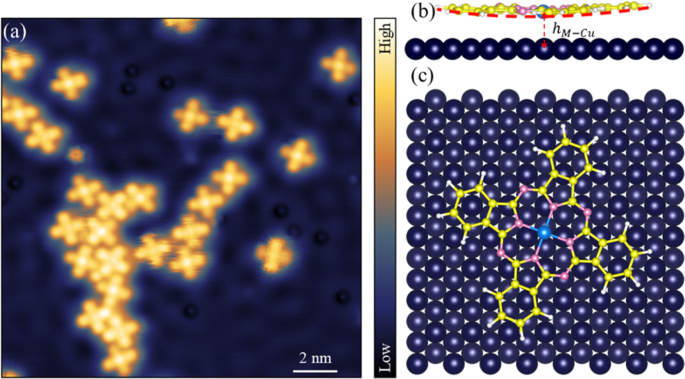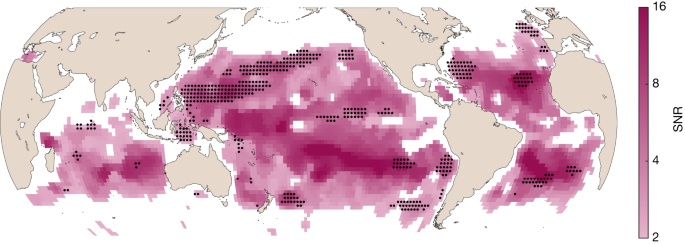2023-07-14 プリンストン大学
◆この研究は、物理学と化学の基礎である電子軌道の性質を理解する上で重要であり、分子の直接観察は行動の理解に新たな方法を提供します。この知識は、新しい材料の設計や化学反応の改善に役立てられる可能性があります。
<関連情報>
- https://engineering.princeton.edu/news/2023/07/14/facial-recognition-atoms-image-distinguishes-elements-electron-orbitals
- https://www.nature.com/articles/s41467-023-37023-9
原子間力顕微鏡による金属フタロシアニン中の単一原子の電子軌道シグネチャーの観察 Observation of electron orbital signatures of single atoms within metal-phthalocyanines using atomic force microscopy
Pengcheng Chen,Dingxin Fan,Annabella Selloni,Emily A. Carter,Craig B. Arnold,Yunlong Zhang,Adam S. Gross,James R. Chelikowsky & Nan Yao
Nature Communications Published:16 March 2023
DOI:https://doi.org/10.1038/s41467-023-37023-9

Abstract
Resolving the electronic structure of a single atom within a molecule is of fundamental importance for understanding and predicting chemical and physical properties of functional molecules such as molecular catalysts. However, the observation of the orbital signature of an individual atom is challenging. We report here the direct identification of two adjacent transition-metal atoms, Fe and Co, within phthalocyanine molecules using high-resolution noncontact atomic force microscopy (HR-AFM). HR-AFM imaging reveals that the Co atom is brighter and presents four distinct lobes on the horizontal plane whereas the Fe atom displays a “square” morphology. Pico-force spectroscopy measurements show a larger repulsion force of about 5 pN on the tip exerted by Co in comparison to Fe. Our combined experimental and theoretical results demonstrate that both the distinguishable features in AFM images and the variation in the measured forces arise from Co’s higher electron orbital occupation above the molecular plane. The ability to directly observe orbital signatures using HR-AFM should provide a promising approach to characterizing the electronic structure of an individual atom in a molecular species and to understand mechanisms of certain chemical reactions.



